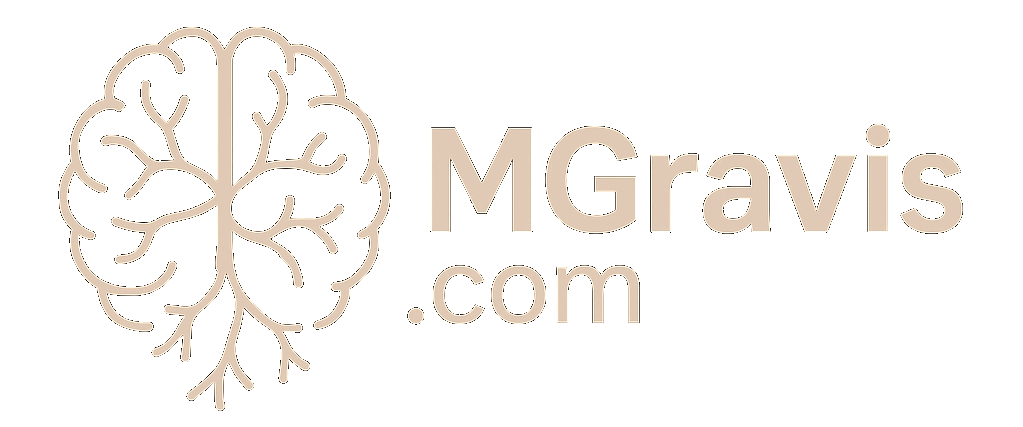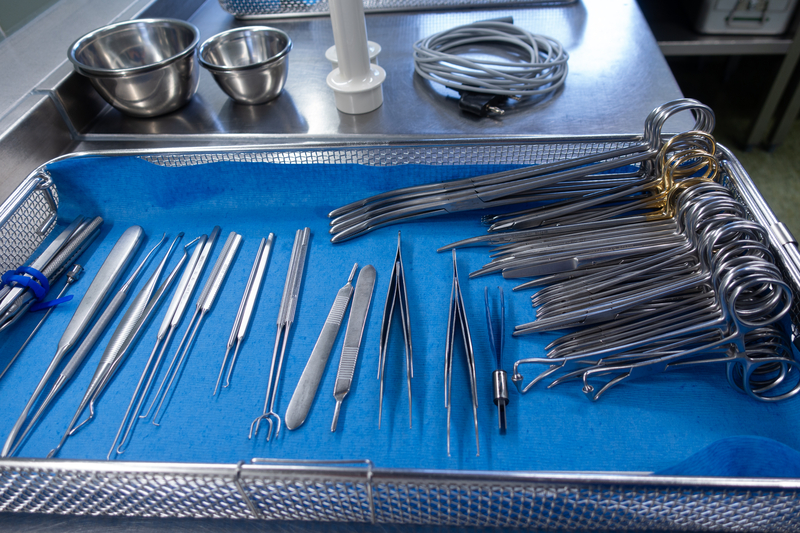What is the Thymus Gland?
The thymus gland is a small organ located just behind the breastbone (sternum) and in front of the heart. It’s part of the lymphatic system and plays a vital role in the development of the body’s immune system, especially during childhood and adolescence. The gland is most active in early life and gradually shrinks and becomes less active in adulthood – a process called involution.
What does the Thymus Gland do?
The thymus is best known for its role in producing and maturing T-lymphocytes (T-cells); a type of white blood cell critical to the immune system. These cells are essential for distinguishing between the body’s own cells and foreign invaders such as viruses or bacteria.
In the thymus, immature T-cells undergo a ‘training’ process to ensure they can appropriately recognise and respond to threats without attacking the body’s own tissues. This is known as immune tolerance – a key process in preventing autoimmune disease.
How can the Thymus Gland cause Myasthenia Gravis?
Myasthenia Gravis (MG) is an autoimmune condition where the body’s immune system mistakenly attacks the communication between nerves and muscles, leading to muscle weakness, as I explain here. In many cases of MG, the thymus gland is believed to play a central role.
Researchers don’t fully understand why, but the thymus in MG patients often contains clusters of immune cells (germinal centres) similar to those seen in lymph nodes. Some individuals with MG (including myself) can develop thymomas – tumours of the thymus, which can be benign or malignant. These abnormalities may cause the thymus to produce autoantibodies that interfere with the acetylcholine receptors at the neuromuscular junction, which are essential for muscle contraction.
The Removal of the Thymus Gland (Thymectomy)
A thymectomy is the surgical removal of the thymus gland and is often recommended for certain people with Myasthenia Gravis – especially those under the age of 60 or with a thymoma. The goal is to reduce the production of harmful autoantibodies and improve muscle strength.
Thymectomy can be performed in several ways:
– Median sternotomy: the traditional open surgery through the breastbone (which I had);
– Video-assisted thoracoscopic surgery (VATS): a minimally invasive approach using small incisions and a camera;
– Robotic-assisted surgery: a highly precise variation of VATS.
Many patients experience improved symptoms and reduced medication dependence after thymectomy, although benefits may take months or even years to fully appear. It’s not always a cure but can significantly impact MG and quality of life.
In my case, I had my Thymus Gland removed, which you can read more about here.


